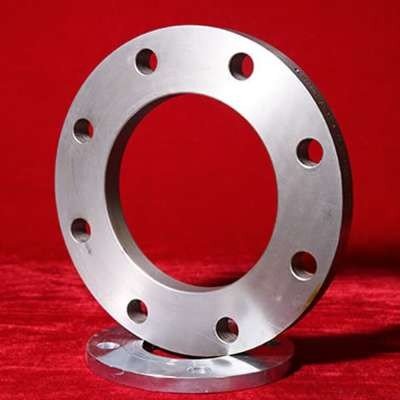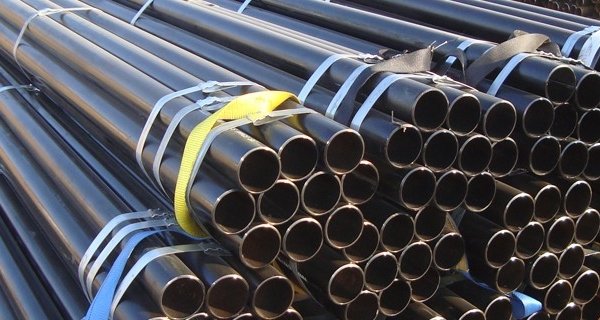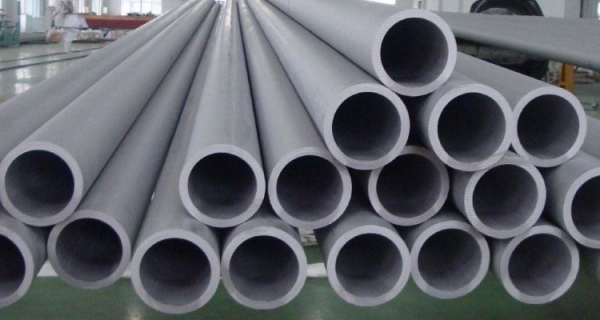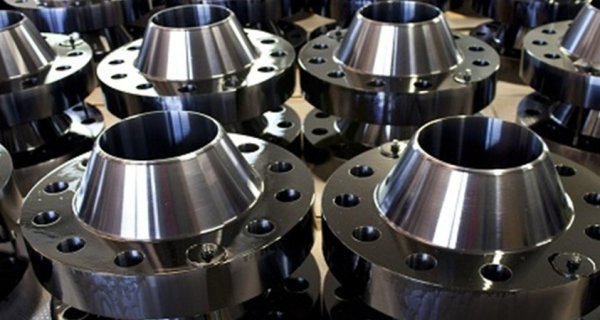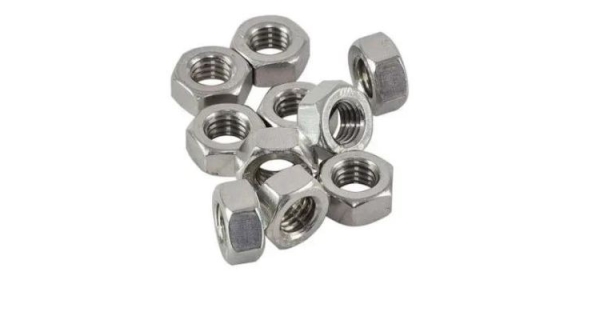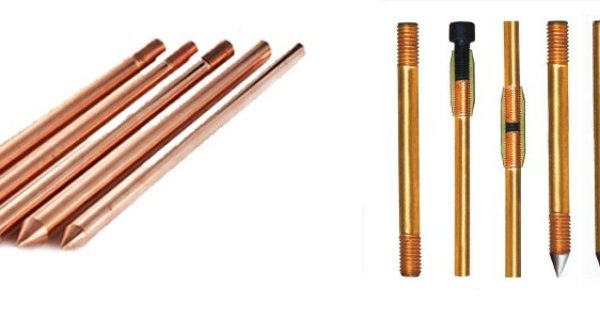IDENTIFY AND REPAIR FLANGE FACE CORROSION
Stainless Steel 304 Flanges / Stainless Steel 304l flanges manufacturers in India. ASME ASTM ANSI Flanges Manufacturers in Mumbai Pune Chennai Delhi.
Posted 5 years ago in Magazines, updated 5 years ago.
IDENTIFY AND REPAIR FLANGE FACE CORROSION
The problem of Stainless Steel flange face corrosion
Piping systems in petrochemical refineries & oil & gas installations rely on hundreds of bolted joints that are exposed to corrosive conditions. To make sure safe operation at these plants it is vital to carry out a regular inspection to assure joint integrity is maintained. Until recently, the usual procedure to do this was to physically disassemble each flange joint to check on its condition. Using this method was costly as it required shutdown & in many cases is entirely unnecessary. Before we look at the alternatives lets first take a look at the different types of flange corrosion.
Crevice & flange face corrosion
Crevice corrosion is the ‘bugbear’ of the oil & gas industry & is caused by a build-up of concentrated corrosive substances in the small confined area between two adjoining Stainless steel 304 flanges. Because of this concentration the rate of corrosion is much faster than elsewhere.
In addition to crevice corrosion, flange face corrosion is also broadly recognized as an integrity issue, due to the potential leak path created by the break in line. This can be in the form of small pits, often appearing in clusters on the flange’s sealing face. More information on types of corrosion is available in one of our previous blogs here.
Flange face inspection
As mentioned above, to disassemble a flange joint requires considerable cost in terms of both man hours & shutdown time, but technology now exists to enable non-invasive checks to be carried out while the pipe joint is still in service.
This uses ultrasound technology, but with multi-element probes to modify beam properties such as angle, standoff distance & focal properties. Phased array inspection is now growing in popularity thanks to its flexibility & the compact size of the units now commercially available.
When inspecting the raised flange face area, encoded magnetic scanners direct sound from the OD of the flange between the bolt holes. The ultrasound angles can be adjusted to fit the specific flange geometry & the multiple ultrasound angles used to optimize data displays of corrosion and/or erosion. The image above left shows an ss 304 flange in good condition with a normal reflective corner pattern. On the right, the pattern is more haphazard & does not show a corner reflective pattern
How can corroded flanges be repaired?
When a flange face is damaged it is no longer sealable by a gasket & should be either replaced or repaired.
In general, there are four different types of repair to consider
1. Removing the corroded flange & welding a new one
2. On-site machining of the sealing face or ring groove within the flange tolerance
3. Add material (Weld buttering runs) & site machining of the sealing face or ring groove
4. Use of polymer composite repair materials to rebuild the flange face
What portable on-site machines are available to help?
Flange Face Repair
To machine the flange face sealing surface, a flange facing machine is the ideal product to get the job done quickly & accurately. Mirage Machines manufacture a wide range of machine options, including models that can be mounted internally or externally (and in some cases both). Smaller machines can be used for facing diameters as small as 2” with the largest being capable of facing up to 120 diameter.
Flange Removal
When repair of the flange is not possible, the remaining option is to change the flange entirely. This can be done using a split frame/clamshell pipe cutter. As the name suggests, the machine comprises of two sections which are fixed together & clamped around the pipe diameter.
Bolt Removal
This flange bolt cutter (or bolt slitting saw), is designed for removing seized stainless steel 304 flange bolts & offers a spark free cutting solution. It works by is cutting each bolt through the gap between the two adjoined flanges & can be used in either a conventional or upside-down orientation.
